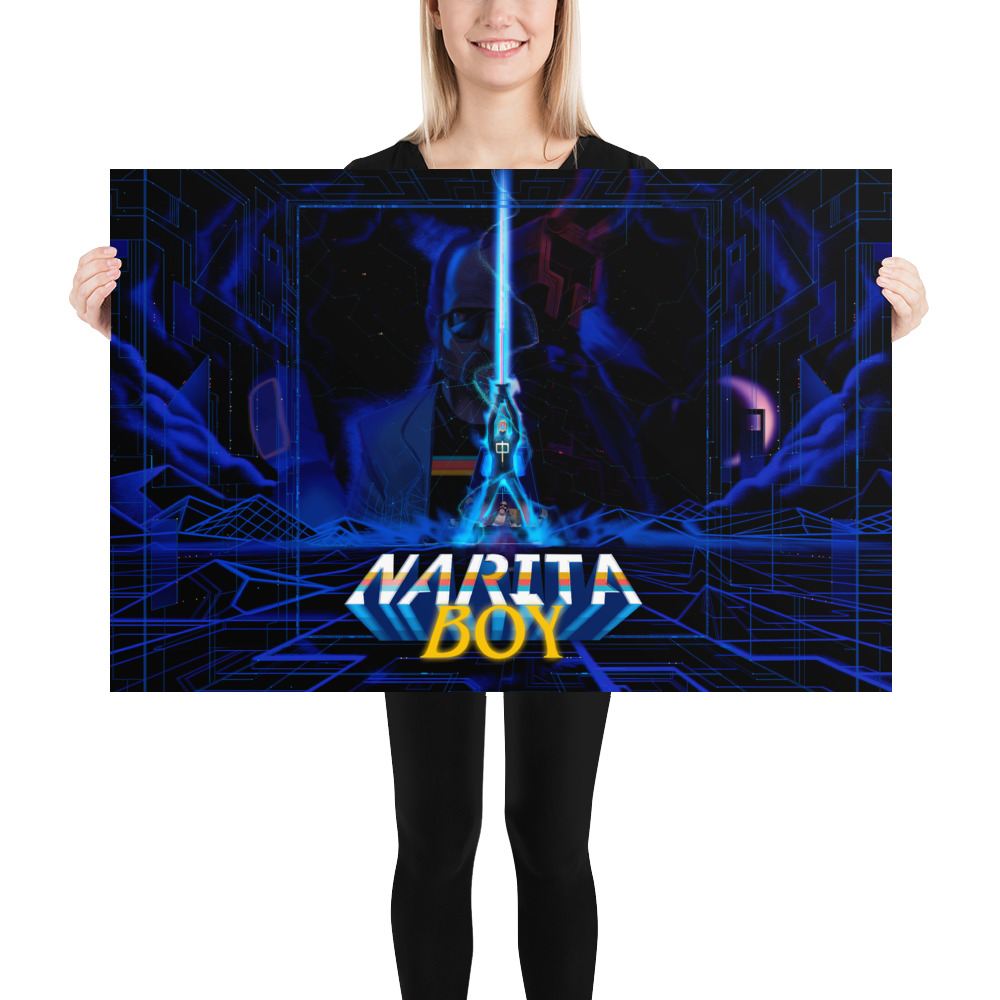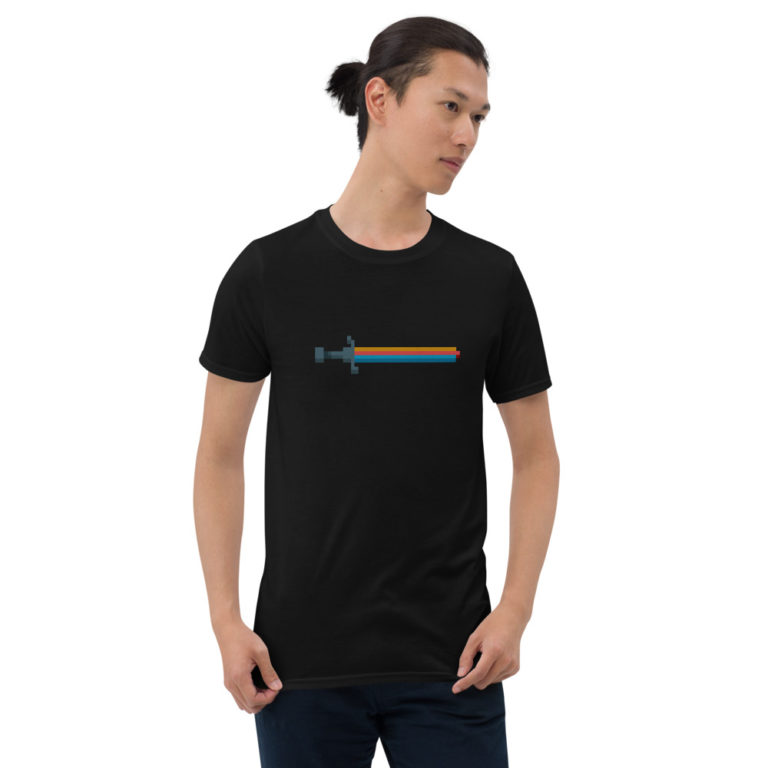

For a game that relies on the style of a generation where every game came with a packed-in map or instruction booklet, having that omission almost seems criminal. The lack of a map is a big head-scratcher for me. It’s just not the focus of the game, but it entices you to continue on to the next battle. It’s fluid, it’s smart, and it provides enough crunch to each hit that it gives you that endorphin rush. A selection of combinations can be created with action-based moves such as dashing, slamming into enemies, and of course, upcutting them into the air so you can continue your barrage. Combat alone is fresh enough to keep most entertained. When you’re playing the action parts of the game and slicing baddies and blowing them away with the sword’s mysterious power, it all melts away anyways. If you’re in for the obscure ride, you’ll likely find tons to love about what they have created with this title. Peculiar? Absolutely, but that’s also what they are trying to do. That’s not to say that Narita Boy is a bad game. Casual players going into this title as a stylish techno-adventure are going to be scratching their heads when they suddenly turn into a stag and take a stroll through the wilderness, because it’s just part of the story. Whether that’s a good or bad thing is entirely up to the player, but it seems like it’s trying so hard to be chic in a way that it gets in the way of being fun and giving the player purpose behind their progression. When you are looking for an item, there’s a good chance you’re going to have to fight a boss, which comes with their own weird design and, I guess, philosophical quirks? It doesn’t have to make sense to be a game, but some context would be greatly appreciated. There’s a lot of exploration to be had and items to find, and that’s certainly where the jargon can get to almost parody-level representations. Your exploration of the digital world that Narita Boy encompasses is akin to a point-and-click adventure game, with plenty of action elements thrown in for good measure. My favorite addition is a shotgun, which is as ridiculous as it sounds, and it puts the business end of the sword to work with a shot of energy. It upgrades as you progress, gaining new powers and abilities, and becomes more than its namesake. Wielding a techno-sword may seem like a simple device to deliver justice to bad code, but it does more than swish away assailants. It’s a tried and true formula, but it’s certainly not for everyone.Īnyone seeking fulfillment of this power fantasy of being a cyber warrior plunging their techno-sword into curious machinations will feel right at home with Narita Boy. The quest and purpose behind the story is to rescue the Creator, which is the actual creator of the game itself, and in doing so, we learn of their childhood living in Japan. When you first start up Narita Boy, you’re going to either love where it’s going or be turned off by the cliche story of a teenager that is sucked into a digital world where he suddenly becomes the hero of a game that he’s playing.

Narita Boy fully embraces the ‘80s style of awesome pixel graphics A ridiculously obtuse and out of touch jargon that simulates a hacker-speak that doesn’t quite add up to reality, and of course, a quest that utilizes a virtual world to deliver its over-the-top action-packed platforming and combat which also showcases style and an attention to detail rarely seen. There’s something to say for a game that spoofs Tron from the opening screen.


 0 kommentar(er)
0 kommentar(er)
